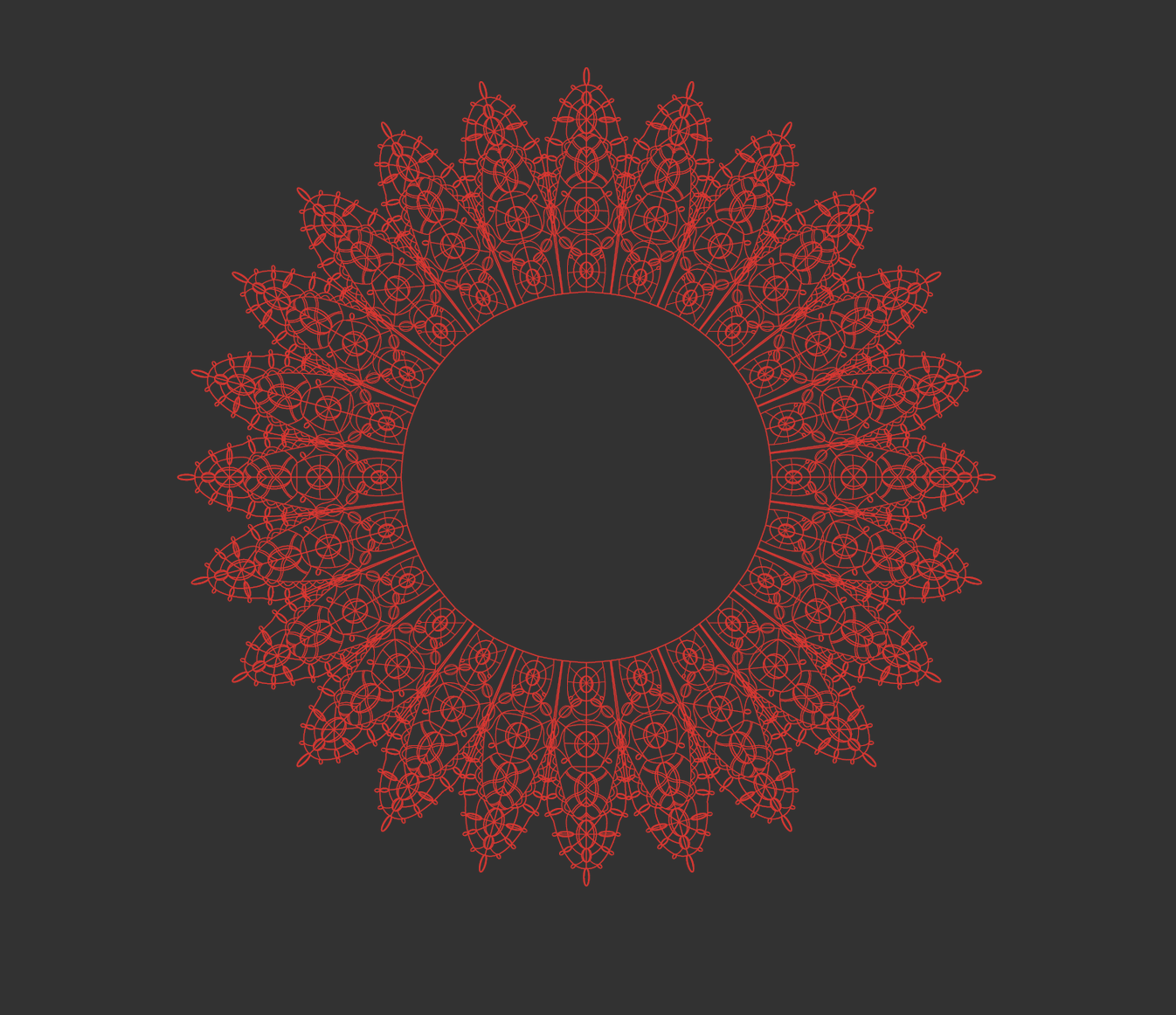
Telling history through interactive art.
Exhibition Design, Additive Manufacturing, Design as Politics
1 MONTH (ongoing) - INDIVIDUAL PROJECT
Vlas is an interactive exhibition concept that explores an ontology of design that is situated beyond design as artifact, moving towards a definition of design as a social, economic and cultural activity. The piece is a narrative and commentary on ongoing labor exploitation in the fashion industry and the potential of 3D printing technology to disrupt this industry and labor practices.
Tools
Adobe Illustrator, Lasercutting, Rhino, Stratasys 3D Printer
Methods
2D and 3D Visualization, Additive Manufacturing
Project Inspiration
This personal project originated from my background working at non-profit art galleries. During my time as an intern for Transformer Gallery in Washington DC, I spent a month as an artist assistant to Swedish artist Tobias Sternberg’s ‘Art Repair Workshop,’ which transformed the gallery space into a workshop where the public could bring in objects to be redesigned into art. What became compelling to me was how we never got so much interest in the gallery space once it no longer looked like one.
The prevailing aesthetic for the contemporary art gallery, or museum, is one that tries to be invisible: a white cube of a room. There is an obvious pragmatism in white walls and open, spacious floor plans: it creates a blank canvas that won’t distract from the art itself, but all that minimalism starts to feel a little hostile to the visitor’s engagement. In fact, its very claim to neutrality is merely a reflection of normative culture and its tendency to become invisible. A critical reading of its aesthetics unearths power dynamics that effectively erase diverse voices.
In this sense, the art gallery - and design - can be understood as a discourse that generates, communicates, and reaffirms a constructed set of values and beliefs. The experience opened my eyes to the semantics of space and how redesigning the modern art gallery and experience could increase dialogue, understanding, and audience for the visual arts.

Preliminary Research
In the sixteenth century, lace manufacturing was of great economic importance to Flanders. In the portraits by Flemish and Dutch painters of the period, lace garments are given as much loving attention and fidelity as the sitter, the careful, painterly treatment speaking to the importance of lacemaking as an artifact of nobility, but also as a symbol of the region’s cultural heritage.
However, the sumptuousness of these displays hides a dark history of labor exploitation. Lacemaking was largely a woman’s endeavor and remained one of the most poorly paid. Child labor was common. For many young girls, lacemaking was a means to relieve destitution.
Additive Manufacturing
In the 21st century, the fashion industry - and particularly the fast fashion industry - continues to rely on the exploitation of labor in its manufacturing processes. However, the introduction of additive manufacturing technologies has the potential to disrupt this industry in many ways, including at the labor level.
As a means of exploring this history, I am reproducing a lace garment from a sixteenth-century Dutch portrait using 3D printing technology. Vlas, meaning ‘flax’ in Dutch, is replicating a lace ruff from an old Flemish painting using 3D printing technology. The piece is a narrative and commentary on ongoing labor exploitation in the fashion industry and the potential of 3D printing technology to disrupt this industry and labor practices.
